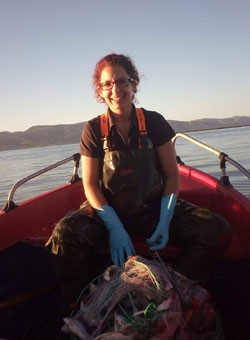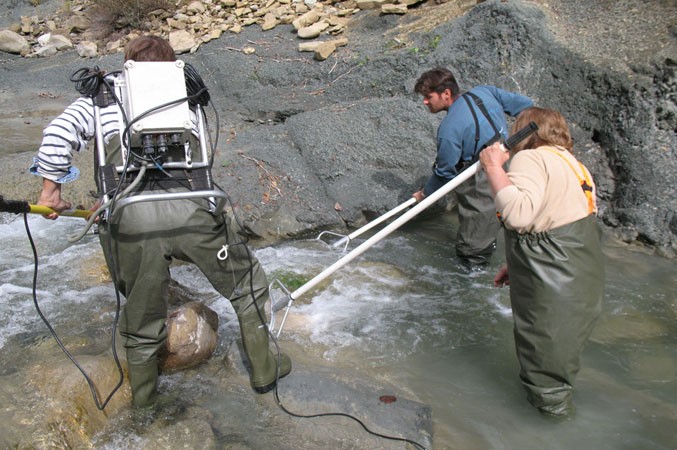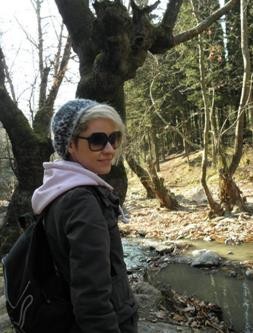Ioannis Panagopoulos
BSc in Natural Resources Management & Agricultural Engineering, Agricultural University of Athens (1997-2002) MSc in Water Resources Science and Technology, National Technical University of Athens (2002-2004) PhD in Hydrology, [...]



